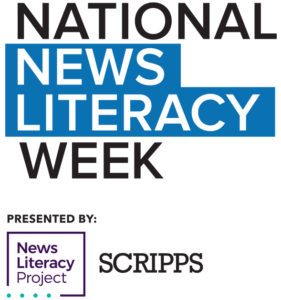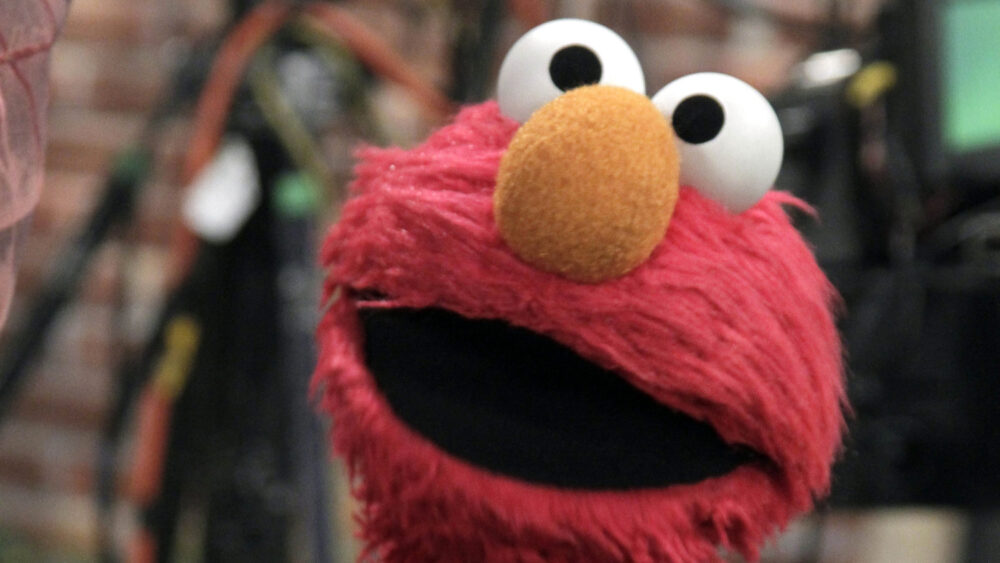This fake tweet looks so real even savvy users might be fooled

Misspelled words, typos and significant grammar mistakes are overt red flags that can easily tip you off to fake content online. But sometimes disinformation (false information that is intended to mislead people) comes in a more deceptive disguise that can be far more difficult to spot and requires a little digging.
To demonstrate this, Peter Adams, head of the education team at the News Literacy Project (NLP), deconstructed a tweet from an imposter Twitter account last summer. The NLP, which is a nonpartisan nonprofit, has a mission of helping people discern fact from fiction, an increasingly critical skill in our technologically advanced world where fake content can flourish and even go viral on social media platforms.
Fake content comes in a variety of forms, from imposter news sites to deepfake videos to spoofed Twitter accounts like the one we’re going to dissect below. But an overarching principle that you can apply in all scenarios, one that will help you spot fake content, is to be mindful of your emotions as you consume information and exercise some “emotional skepticism.”
Ask Yourself What You’re Feeling
The NLP says the first step to not being fooled by fake content is to ask yourself what you’re feeling. Angry? Outraged? Misunderstood? Excited? Disinformation is really good at playing to your emotions.
Ready to hone your skills and learn how to spot an imposter account on social media?
For this deconstructed tweet exercise, Adams takes a look at an account that’s impersonating The Lincoln Project.
The Lincoln Project is a major player in the anti-Donald Trump Republican landscape. The super-PAC spent $67 million trying to dissuade conservative voters from casting their ballots for Trump in the 2020 presidential election. The Lincoln Project’s real Twitter account has 2.7 million followers.
Here is the deceptive tweet. Ask yourself this: If it didn’t have a big red “fake” stamp on it, would this tweet from the imposter account give you pause?
Don't fall for fake Twitter accounts that spoof a handle by swapping an uppercase i for a lowercase L. Here's one from today, impersonating The Lincoln Project: 1/ pic.twitter.com/NBJ2ZbWgyp
— Peter Adams (@PeterD_Adams) June 4, 2020
First things first, if you’re exercising some emotional skepticism this tweet might have raised a red flag for you. It’s deliberately seeking a retweet (RT) and a follow to gain some speed on the social media platform. (In the screenshot you’ll notice it appears to have received 6.3K retweets and 6.1K likes). But it’s also making an emotional appeal claiming to have seen “signs of social media silencing our message.”
If you have an eagle eye you might have noticed that the Twitter account is spoofing The Lincoln Project’s handle by swapping an uppercase i for a lowercase L. While it’s really tough to spot in the actual handle, Adams points you to look at the URL.
How can you tell it's a fake if Twitter's native font renders these two characters identically on screen? Here are a couple of easy ways:
1. Look at the tweet's URL, which is in lower case: pic.twitter.com/vpFiVAKwav
— Peter Adams (@PeterD_Adams) June 4, 2020
Another way is to copy and paste the handle (aka the account name on Twitter) into Notepad, and you’ll see an uppercase letter I as Adams demonstrates.
2. Copy the handle and paste it into Notepad where the font renders these two characters differently: pic.twitter.com/J12pUNP0VV
— Peter Adams (@PeterD_Adams) June 4, 2020
Some other giveaways that the account is a dupe is that it claims to be a “back-up” yet it’s not a verified account, Adams says.
Search For More Information
Another step in a seven-step process to avoid being fooled by fake content, according to the NLP, is to search for more information. By doing this, you’ll find that Rick Wilson, the co-founder of the Lincoln Project, and who has a verified Twitter account, tweeted about a fake account impersonating the Lincoln Project account. He asked followers to report it:
There is a fake Lincoln Project account (Saying it's the "backup account") tweeting at @ProjectLincoIn (note the second L in the word 'Lincoln' is an capital "I".
Please report.
They're here: https://t.co/ChZ8CwG2uY
— Rick Wilson (@TheRickWilson) June 4, 2020
According to Twitter’s policy, you can report imposter accounts. Accounts that violate the social media platform’s rules on imposter accounts can be suspended or asked to update the account.
This article is part of the second annual National News Literacy Week, Jan. 25-29, a national public awareness campaign to promote news literacy and the role of a free press in American democracy. The week is part of an ongoing partnership between Simplemost’s parent company, The E.W. Scripps Company, and the News Literacy Project. Visit NewsLiteracyWeek.org to test your own news literacy and take the pledge to be news-literate.






